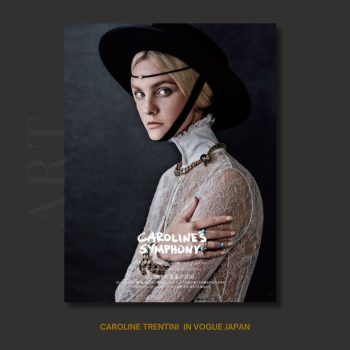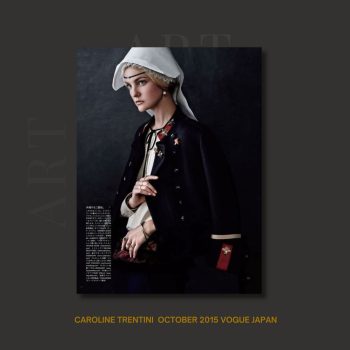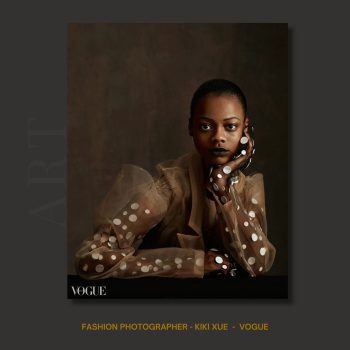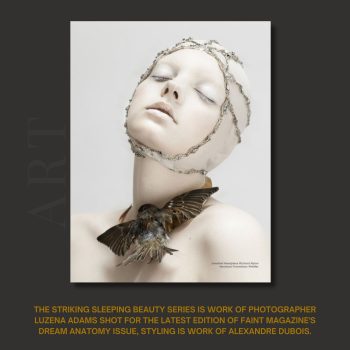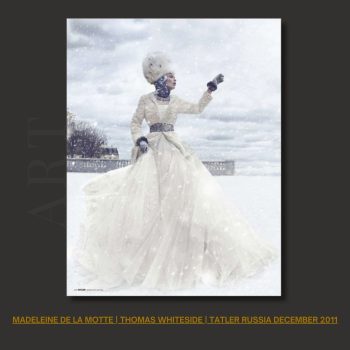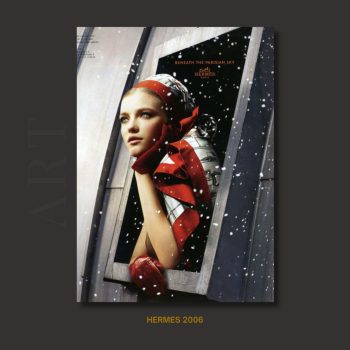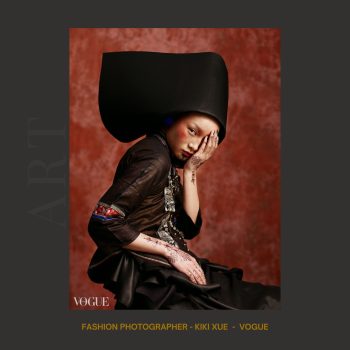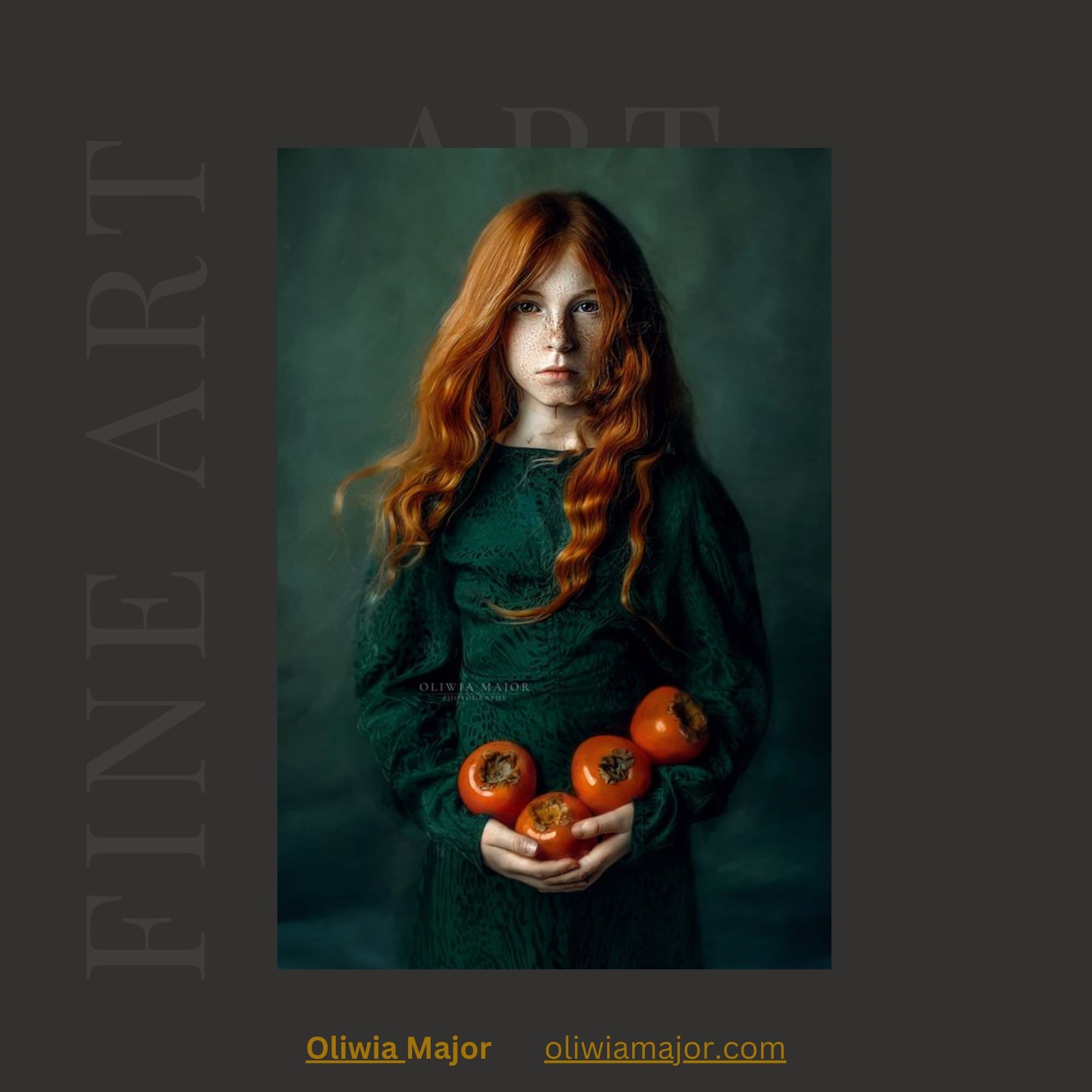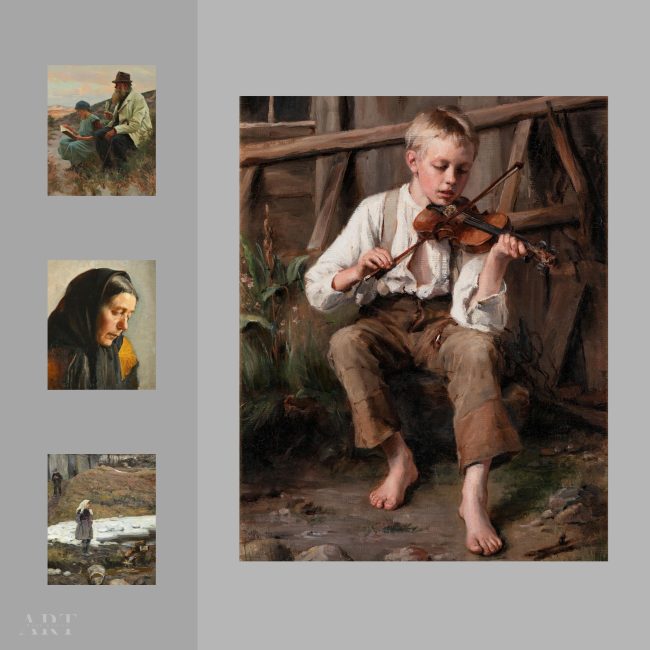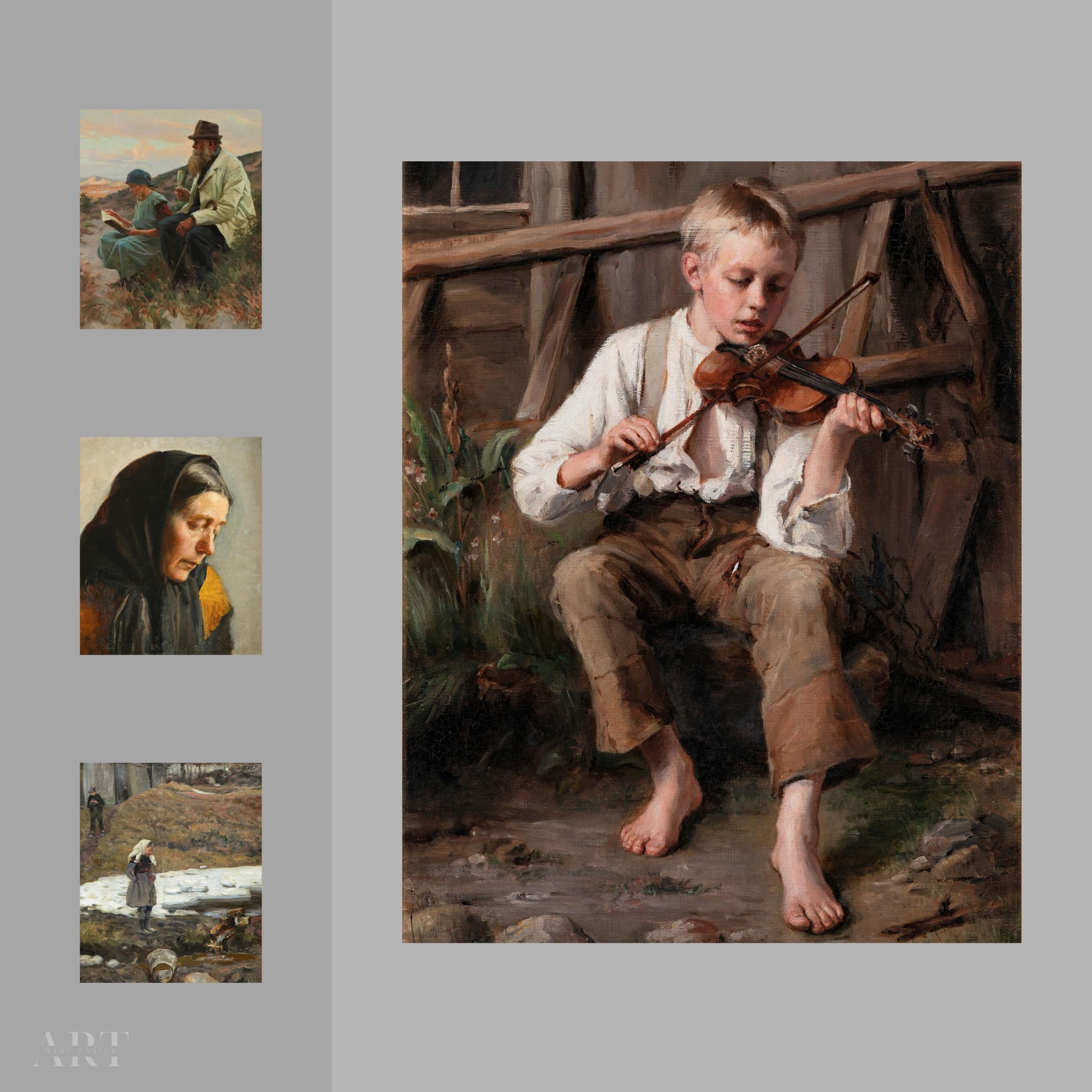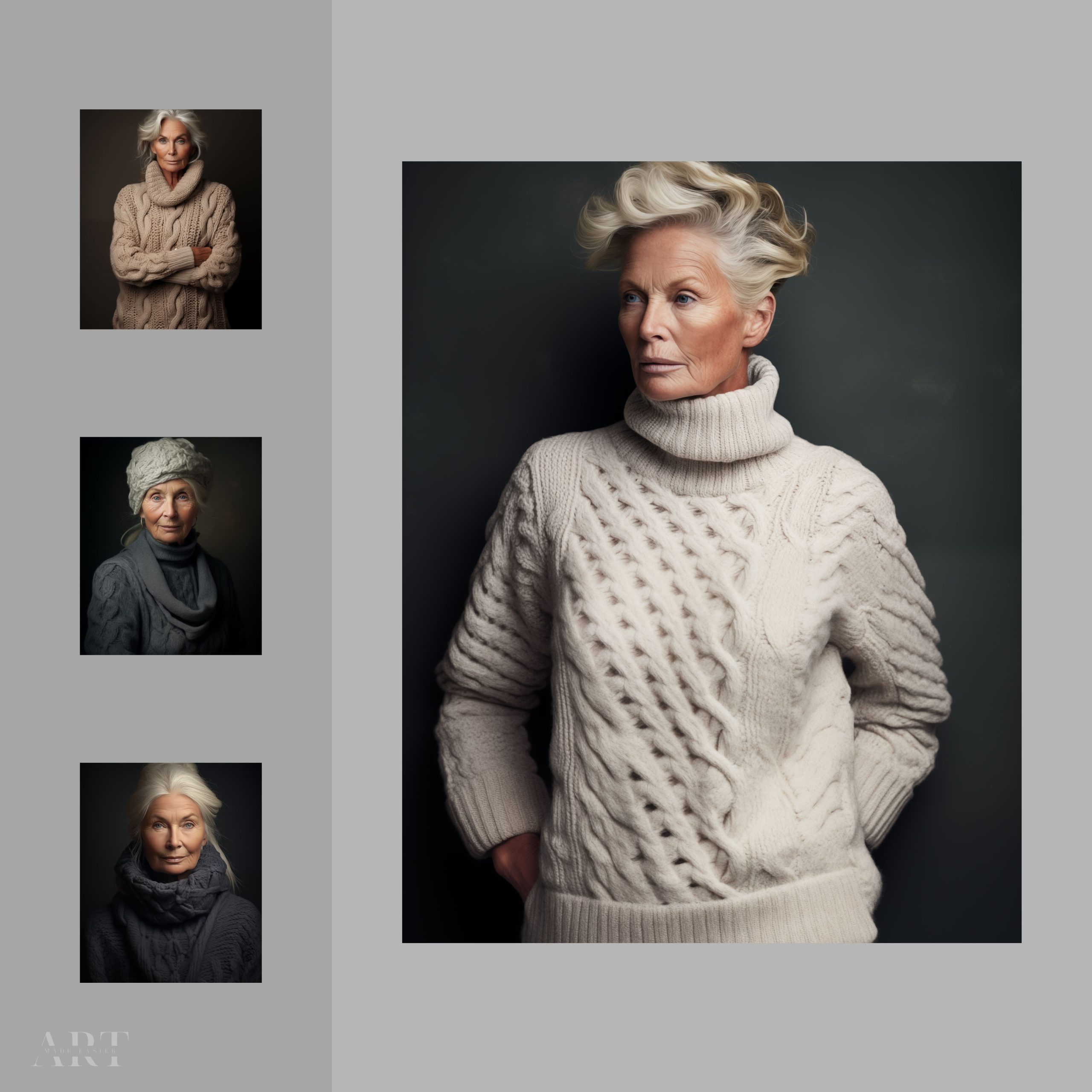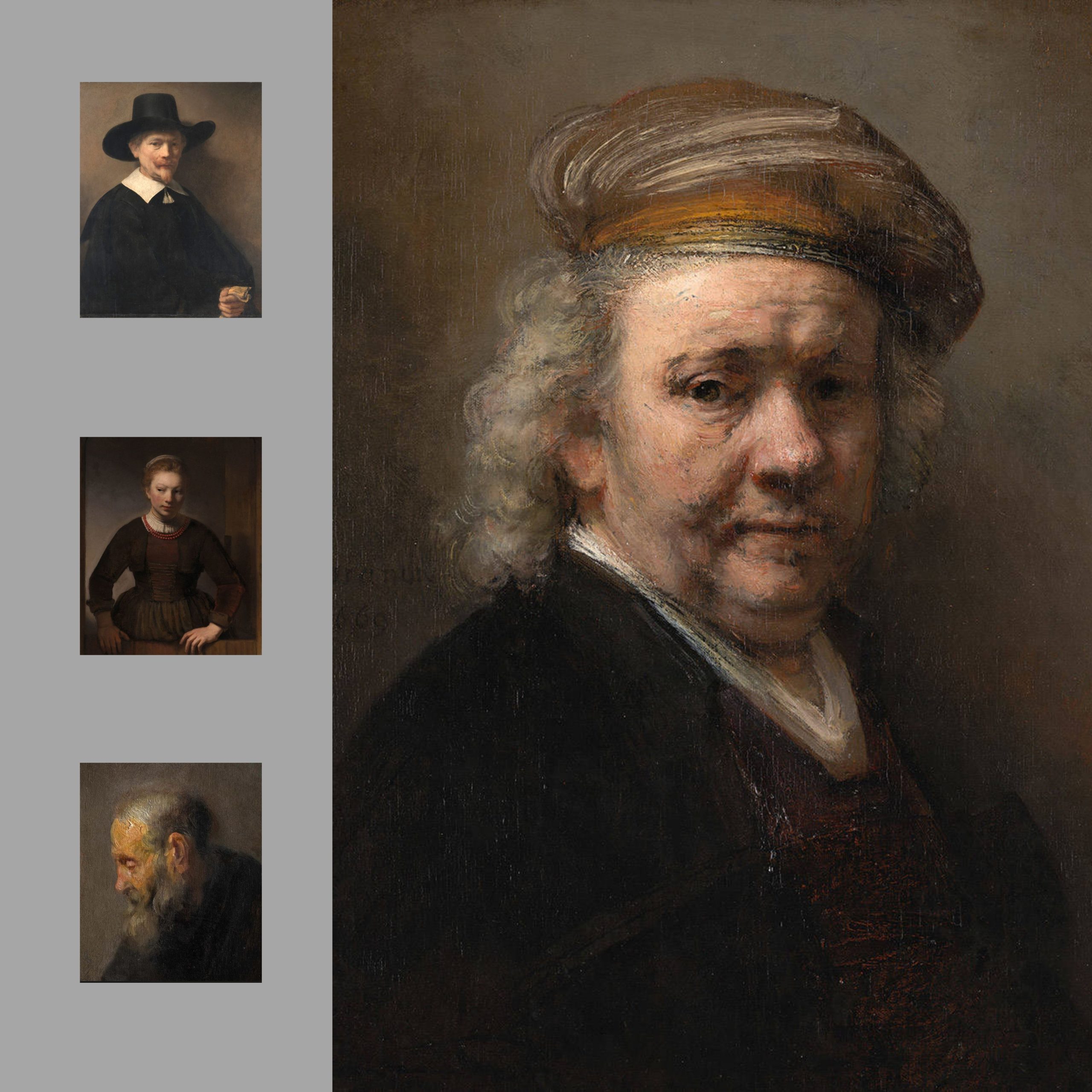Master the Art: Illuminate, Integrate, and Expand
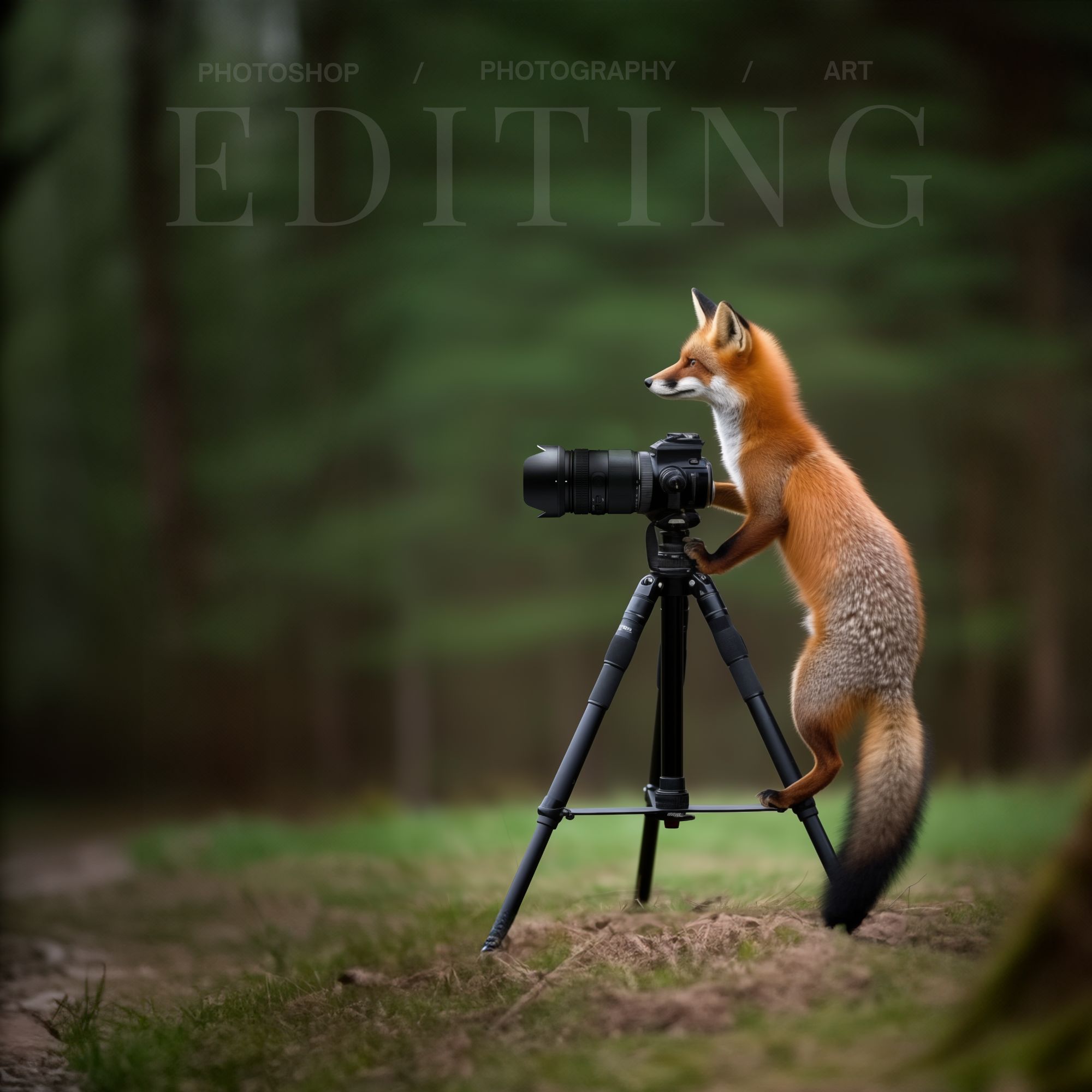
Photographers Chime In With Their Best Advice
PRO Editing -Let’s talk about something important in photography that often goes unsaid – editing. Any “pro” photographer worth their salt definitely edits their photos. A “good” professional spends a lot of time honing their editing skills. Now, I wonder how many “amateurs” out there do the same? Before we dive deeper, let’s clarify what we mean by “professional” and “amateur.” Personally, I’ve been editing digital photos since way back in 1996 (back when Photoshop 3.0 was the thing!). However, I don’t consider myself a pro editor. I spend my days capturing photos of vehicles, making a living as a self-employed photographer at car dealers’ lots. If I were a Photoshop expert, I could probably name my salary because professional editors make a good living. Currently, I snap nearly 60,000 photos every year. And guess what? Every single photo gets its own round of editing – no exceptions. It’s not because my camera’s sensor isn’t “good.” In fact, the sensor is awesome! My time isn’t spent fixing the colors (unlike other digital cameras I’ve used over the past 24 years). Instead, I’m tweaking shadows, highlights, cropping, and straightening. Making those minor tweaks to get the color balance just right. Here’s the ratio: for every 1 minute I spend shooting, I dedicate 1.5 to 2 minutes to editing. Every single photo my customers see has been through this process. Why is it so crucial? Because editing makes all the difference.
Thousands of Hours In Photoshop – The idea of practicing hundred of hours in photoShop is not glamorous. Understandably also, learning what a proper processing actually does is not sexy either.
It’s All About The Light – It actually took me a good ten years of snapping photos to truly grasp. And guess what? I’m still figuring out all the little details. What am I talking about? It’s the realization that photography isn’t just about pointing and clicking. There’s more to it! For starters, it means I take fewer pictures. Yup, quality over quantity. I’ve learned to wake up super early for shoots, sometimes as early as 3:00 AM in the summer. Why? Because that’s when the light does its magical dance. I’ve also become quite the expert at waiting around patiently for the light to do something interesting. Instead of just looking at what the light is now, I’ve trained myself to think about what it will be. And get this – sometimes I even come back at a different time of the year to capture that perfect moment. Photography is like making a bunch of ideal compromises. Your camera might want the perfect conditions – low ISO, high shutter speed, and a middle-of-the-range f/stop. But guess what? It almost never happens that way. It took me years of trial and error to figure out which of these factors I’m okay with sacrificing to make the others shine. And here’s a secret – having a good tripod is more important than having a super fancy camera. That stability really makes a difference.Learn it correctly and practice it until you can do this in your sleep, literally. That is what everyone who has ever mastered anything has done.
Study The People And The Light – Work out how it was lit, study the light in the image, study the people or subject in the image and how they are integrated into the image. Scrutinize how the interplay of light enhances your subjects, bringing them to life. Immerse yourself in the details of your composition, studying how your subjects seamlessly integrate into the visual narrative.
Capture More And Seek Feedback – Amplify your photography skills by capturing more moments through your lens. Craft your skills by curating a portfolio that evolves. Share and seek feedback. Establish an online presence through a portfolio on a website or a free online gallery which serves as a starting point.
Lenses and Lighting – Recognize that the key differentiators between amateur and professional photographers lie in the realms of lenses and lighting. While the camera itself holds significance, it is these elements that propel your work to the next level. Acknowledge the investment required in acquiring quality lenses and lighting equipment.
Professional Photographers Can Create Consistent Great Images – Professional photography hinges on your ability to consistently and swiftly create high-quality, memorable images. Whether capturing weddings or other genres, mastering this competency is the hallmark of a true professional.
Behind the Price Tag: More Than a Snapshot
The Professional Can Achieve What The Client Wants – One of the major differences between amateur and professional photography is that as a professional, the photographs you’ll be making, no matter whether you’ll be shooting for retail clients (family portraits, weddings and the like) or business clients (advertising, corporate) or editorial clients (magazines, either print or digital) will be to consistently suit their needs. If you’re taking photos for your own pleasure and you miss a shot, it’s no big deal. If you have a client, it’s another story.
Consider Trying Variations Of Niches – Don’t limit it to taking pictures of people, contact real estate agents to take pictures of houses, dealerships for cars, restaurants for food, etc.
Major in Business – My advice may seem a little counter-intuitive, but don’t get wrapped up in the actual skill of photography. Consider what the baseline of competency is for the style of photography you want to work and get to that point. After that work at it of course, but also remember that the vast majority of being a “professional” anything is the business side of affairs. How do you intend to market your skill or sell your images? How will you start and run your business? I see too many creatives absorbed in their craft that neglect the most important part of being a professional – making money. You can easily find very successful photographers who aren’t actually that great at the photography part, but they are able to make a living because they work hard at the marketing, networking, and customer service aspects of their business. If you’ve been shooting for 4+ years and you’re passionate about it, I would guess that you’re already producing great images. The missing parts to your pursuit of becoming a professional photographer have little to do with photography at this point.
Learn Photoshop – Learn basic and some advanced level of photo processing softwares like Photoshop, lightroom etc.. Now apart from that make contacts with professional photographers through facebook, flickr,500px, quora etc.
You Need To Be Visible – In the span of 7 years I started with a point-n-shoot, graduated to DSLR and now with nearly $30k in gear and over $300k in sales – part time. I leveraged my consulting background to establish my business presence, and knew how to approach the business side well enough to make a leap. I started with just building a portfolio doing free work to ‘earn’ my value and get up the ladder. Having a great website, a great value proposition and a good presentation helped with the mediocre photography. Now-a-days, making photography a profession, is more about you the person then it is the images. Learn about branding, presentation of brand, experience marketing. There are lots of bad photographers great at marketing, and lots of good photographers bad at marketing. Turning from hobbiest to professional, is merely about how you market yourself, the audience you market, the style you present, and the experience you deliver. You really do have to be savvy in business and marketing to really make it in a competitive market. Study some marketing/business books first like Traction. You’ll find that taking the pictures is the easy part, the business is the hard part.
Figure Out Your Cost Of Business – ” Just because I quote you $500 for a one-hour session doesn’t necessarily mean I make that much per hour. Say it takes me 30 minutes worth of emails or phone calls with you and book you, 1.5 hours round trip travel time, 1 hour prep+download time for the equipment, and 1 hour editing. That’s already 5 hours total for that $500. Not to include the cost of my equipment and insurance each year. And we pay taxes as well!”
Behind the Price Tag: More Than a Snapshot – That hefty four-figure sum we quoted for capturing your wedding moments? It’s not just about charging $500 per hour of shooting. It encompasses two weeks of dedicated, professional effort. While only a fraction of that time involves the actual photography session, the rest is behind-the-scenes work. Equipment rental, securing permits, scouting locations, post-production, meticulous editing, crafting album designs, packaging, billing, and a stream of correspondence. Your investment isn’t just in the snapshots; it’s in a comprehensive and immersive experience tailored to make your memories truly extraordinary.
From A Seasoned Wedding Photographer : Choosing a venue often involves trade-offs. Opting for a familiar church may mean getting ready in the nursery with cinder block walls. The setting dictates the ambiance; you get what you pay for. Outdoor weddings are enchanting, but planning is key. Weather surprises are part of the game, rain at five out of ten weddings, sunburn at two. Timing matters, and flexibility is essential. The earth keeps turning, even if grandma hasn’t arrived.
From A Seasoned Wedding Photographer : Photographing weddings isn’t just a job; it’s an artistic endeavor. Some weddings are done for half price—driven by the allure of a beautiful bride, an amazing location, and an exceptional setting that enhances the photographer’s portfolio. Consider hosting your reception at home or in your backyard for a more memorable, less formal experience. People remember dancing on a backyard plywood dance floor far more than a sterile rental hall. Pinterest boards can be inspiring but remember, they often feature professional models and may not align with your location. Photographers have their own styles honed over years. Choose based on their individual flair rather than expecting them to imitate someone else’s style. Communication is key. If your photographer hesitates, pay attention. Realistic expectations make for a smoother collaboration. If your photographer recommends someone else, show appreciation with a tip—it’s a selfless act that benefits you. Contracts exist because people can be difficult. Respect the terms, and remember, small savings can lead to significant consequences in a $10,000 wedding.
Post Production – Editing – Lightroom – Photoshop! Oh The TIME – Clients may not realize the challenges photographers face after taking pictures. After a photo shoot, photographers spend a lot of time fixing and improving the photos. Each client has unique requests, and putting all of them together can be stressful. Editing a photo involves a creative eye and a lot of patience. It’s not just about taking the picture; it’s also about making it look perfect by adjusting things like skin tone and background details. It’s a time-consuming process that requires skill and dedication.
Only A Few Pictures Are Chosen – As a photographer, you take a whole bunch of pictures—like, a really, really big bunch! Group photos are tricky because sometimes, even after taking five shots, you find someone with closed eyes or standing awkwardly in every single photo. Fixing these things happens after the photos are taken, and going through all those pictures can be a test of your patience. It’s like a big puzzle to make sure everyone looks great in the final photos.
Don’t Go Into Photography For The Money – “Yearly income for most photographers is quite low. A recent survey stated that the average studio owner makes $25,000/year. That hasn’t changed from a Kodak survey in the 1980s. So it is really a labor of love. Most photographers make it because their spouses have a 9–5 job with benefits.”
Photograph FOR YOU – Let me spill some spicy truth for you – no one gives a crap about your photography.You might think they are, but trust me, they’re not.Sure, if you’re a big-shot and are famous, they collect the work, they care about the money and investment.We hustle hard, snapping pics, thinking, “These will be my legacy!” Beautiful, technically perfect, or just darn cool – we believe it matters. Guess what? Most won’t care.When you’re gone, your work might end up forgotten, buried in a landfill, hard drives wiped for cat videos, and gear sold for peanuts.Does this sound like a downer? Nah, just a reality check. For 99.5% of us, our photography gets a one-way ticket to Oblivion. Awards, likes, followers – they won’t make your photos immortal. Not to bring you down but to lift you up! Shoot whatever your heart desires. Stop curbing your vision for some imaginary legacy. Don’t fret about Instagram approval.
“Lenses and lighting are what separate the amateur from the pro and those two elements are very very expensive. The camera itself isn’t that important.”
Making a Living: Only a small 5% of photographers can support themselves or their families solely from photography. That’s why you see lots of tutorials on YouTube – it’s not just about sharing skills but also a way for photographers to earn money from ads. Some teach in schools or online platforms for extra income. Not All Photography Pays Well: If you don’t enjoy shooting weddings, ceremonies, or product photography, being a full-time photographer might not be the best choice. Many photographers work as freelancers for magazines, which means unpredictable gigs and fierce competition. Being a freelancer is stressful, and the pay doesn’t always reflect the time and effort invested. Landscape Photography Isn’t a Gold Mine: While you might hear about successful landscape photographers, it’s not as lucrative as it seems. Only a few can make enough money solely from landscapes. Some famous names have other businesses on the side. Passion is crucial in photography, so shooting what you genuinely care about is essential. The market is saturated, and success is unpredictable.
Grow Your Skills – Many of the most-accomplished pros have interesting backgrounds not related to photography—writers, artists, lawyers, marketers, scientists, businesspeople, athletes. The photography part came later, but when it did it was enhanced by their skills in these other areas.







